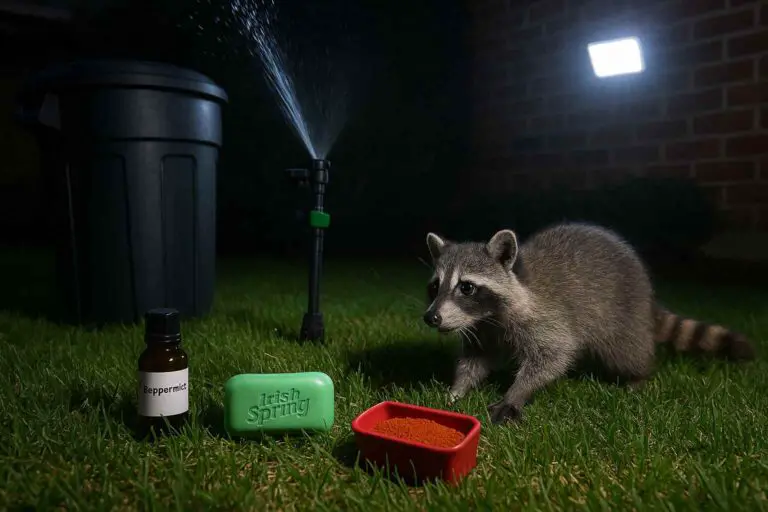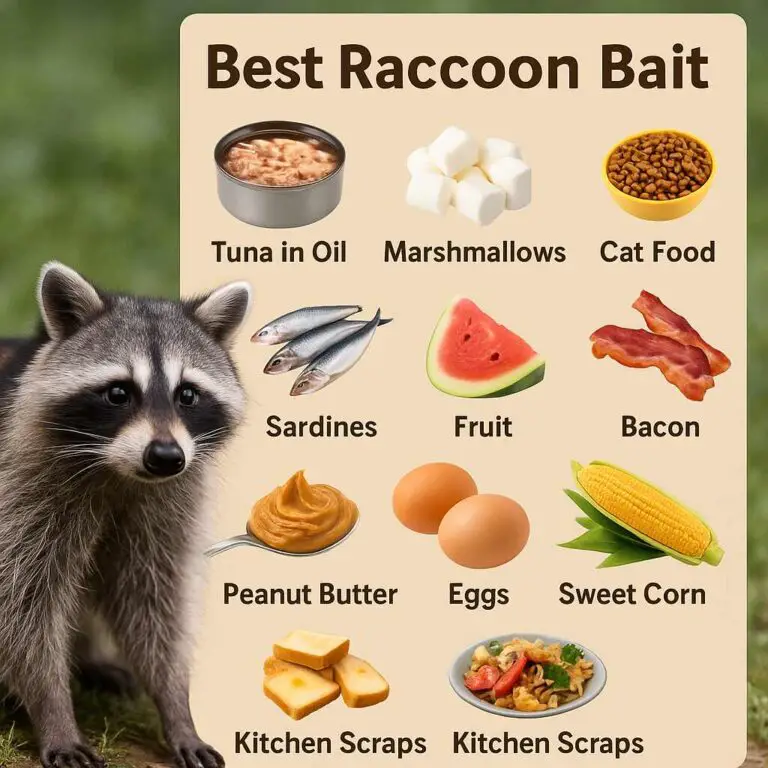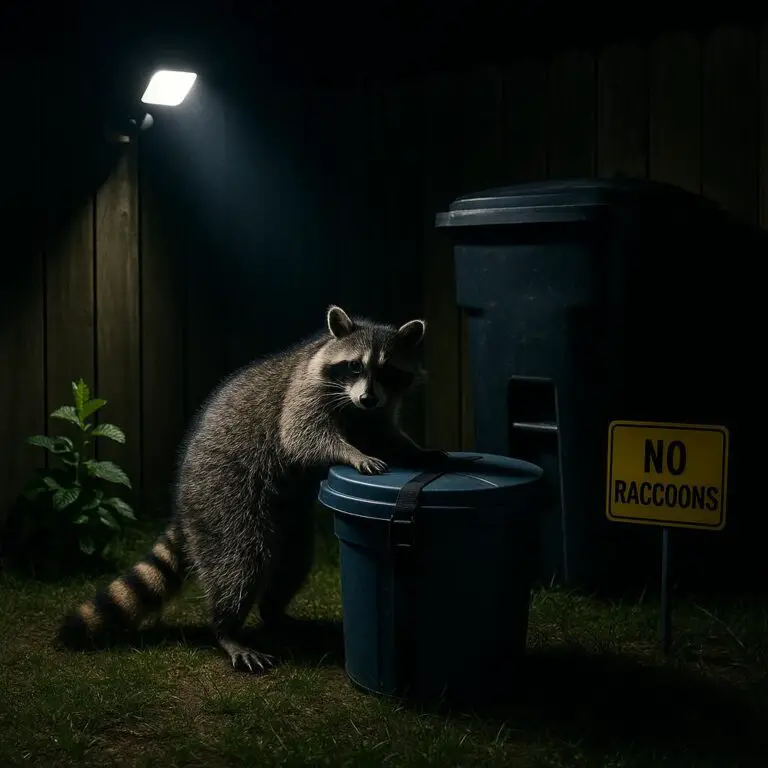Raccoons, with their distinctive masked faces and nimble paws, have long fascinated humans with their clever antics and adaptable behavior. Yet, despite their prevalence in urban and rural areas alike, many people remain curious about the sounds these creatures make. From chittering and growling to purring and even screaming, raccoons use a diverse array of vocalizations to communicate with one another and navigate their surroundings.
Understanding Raccoon Vocalizations
Raccoons are highly vocal animals, capable of producing a wide range of sounds to convey different messages. These vocalizations can be broadly categorized into four main types: social, defensive, mating, and distress calls. Each type serves a specific purpose in the raccoon’s social and ecological interactions.
1. Social Calls
Social calls are used by raccoons to maintain contact with members of their group and establish social hierarchies. These calls include chirps, chatters, and purrs, which are typically emitted during friendly interactions or while foraging together. Chirps are short, high-pitched sounds often used by mothers to communicate with their young, while chatters and purrs indicate contentment and relaxation among group members.
2. Defensive Calls
When threatened or agitated, raccoons will emit defensive vocalizations to ward off potential predators or rivals. Growls, hisses, and snarls are common defensive calls, signaling aggression and warning others to keep their distance. These sounds are often accompanied by defensive postures, such as arching the back and baring teeth, to deter potential threats.
3. Mating Calls
During the breeding season, male raccoons use mating calls to attract potential mates and establish dominance over competitors. These calls are characterized by low-frequency vocalizations, such as grunts and whines, which signal the male’s reproductive fitness and willingness to mate. Female raccoons may also emit mating calls to signal their receptiveness to mating and facilitate courtship rituals.
4. Distress Calls
Distress calls are vocalizations emitted by raccoons in response to physical pain, fear, or distress. These calls include screams, whimpers, and wails, which convey a sense of urgency and vulnerability. Distress calls may be elicited by injury, separation from the group, or encounters with predators, signaling the need for assistance or protection from other group members.
Interpreting Raccoon Sounds
Understanding raccoon vocalizations requires careful observation of the context in which they occur and the accompanying body language of the raccoon. By paying attention to the pitch, duration, and intensity of the sounds, as well as the raccoon’s posture and facial expressions, humans can decipher the meaning behind these vocalizations and respond accordingly.
- Chirps and Chatters: These high-pitched, rapid sounds are typically emitted during social interactions and foraging activities. They indicate a relaxed and contented state among group members and are often accompanied by friendly gestures, such as grooming and play behavior.
- Growls and Hisses: Low-pitched, guttural sounds like growls and hisses are defensive vocalizations used to signal aggression and assert dominance. When confronted with a threat, raccoons may emit these sounds while adopting defensive postures to intimidate potential adversaries and protect themselves or their young.
- Screams and Wails: Loud, piercing screams and wails are distress calls emitted by raccoons in response to physical pain or fear. These vocalizations signal a state of distress or danger and may prompt other group members to investigate and provide assistance.
- Purrs and Grunts: Soft, rhythmic sounds like purrs and grunts are often emitted during mating rituals and social bonding activities. They indicate a sense of comfort and security among group members and are commonly observed during grooming and nesting behaviors.
The Importance of Raccoon Vocalizations
Raccoon vocalizations play a crucial role in the social dynamics and survival strategies of these highly adaptable animals. By communicating through a diverse range of sounds, raccoons can coordinate group activities, establish social hierarchies, and navigate complex social interactions. Understanding and interpreting these vocalizations not only provides valuable insights into raccoon behavior but also enables humans to coexist more harmoniously with these fascinating creatures.
Human-Raccoon Interactions
In urban and suburban environments, human-raccoon interactions are becoming increasingly common as raccoons adapt to human-dominated landscapes. While raccoons are generally wary of humans and prefer to avoid direct confrontation, they may become more aggressive or assertive when threatened or cornered. By familiarizing themselves with raccoon vocalizations and body language, humans can better understand the intentions and emotional states of these animals, thereby minimizing the risk of conflict and promoting peaceful coexistence.
Conservation and Management
In natural habitats, raccoons play a vital role in maintaining ecosystem balance through their omnivorous diet and foraging behaviors. However, human activities such as habitat destruction, pollution, and urbanization pose significant threats to raccoon populations worldwide. Conservation efforts aimed at preserving raccoon habitat and minimizing human-wildlife conflicts rely on a comprehensive understanding of raccoon behavior, including their vocalizations and communication strategies.
Ethical Considerations
As humans continue to encroach upon raccoon habitats and urbanize natural landscapes, ethical considerations regarding human-wildlife interactions become increasingly important. Respecting the natural behaviors and vocalizations of raccoons is essential for promoting empathy and understanding toward these creatures and fostering a sense of stewardship for the environment. By recognizing the value of raccoons as sentient beings with complex social lives and communication systems, humans can take proactive measures to protect and conserve their populations for future generations.
Key Take away
Raccoons are known for their noisy presence, often making a variety of vocalizations and movement sounds that can be heard by homeowners. These sounds range from growling and barking to chittering and purring, serving various communication purposes among raccoons. Chittering, for instance, is a soothing sound used by mothers to calm their young or signal readiness to mate, while growling and barking are used for communication and defense.
Raccoons also communicate through body language, such as raised fur and stiff posture. Nocturnal by nature, raccoons are most active at night, foraging for food and making rustling noises in trash cans or scratching in attics. Rabid raccoons may produce abnormal high-pitched sounds, and when in the attic, they create scratching, scurrying, and gnawing noises.
If raccoons attempt entry through walls, homeowners may hear scratching, thumping, and clawing sounds. Given the potential dangers associated with raccoon infestations, homeowners are advised to seek professional wildlife control services to safely remove and prevent raccoons from re-entering their homes.
Conclusion
In conclusion, what sound does a raccoon make? Raccoons are highly vocal animals, utilizing a wide range of sounds including social chirps, defensive growls, mating grunts, and distress screams to communicate various messages such as contentment, aggression, reproductive readiness, and danger.
Understanding and interpreting these vocalizations is crucial for humans to coexist harmoniously with raccoons, promote conservation efforts, and mitigate conflicts in urban and suburban environments.








